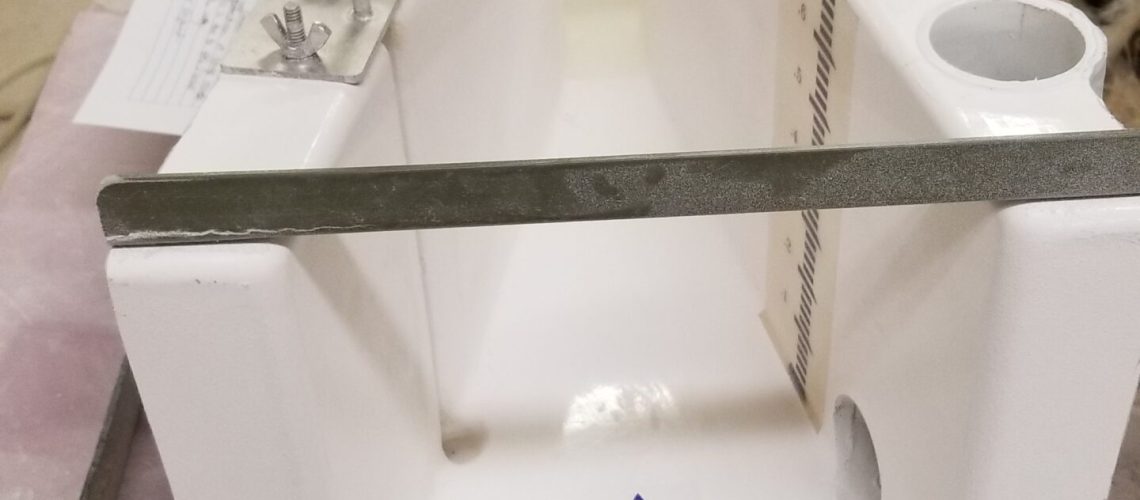While submergence may seem obvious to detect, you should really be looking for the exact submergence ratio rather than the flume being underwater. Of course, the flume being underwater obviously means it’s submerged, but that’s not the only indicator. Learn how to calculate the submergence ratio, and discover how you can mathematically determine whether your flume is submerged.
What Is the Submergence Ratio?
The submergence ratio is the amount of submergence that a flume is experiencing. It’s important to note that just because a flume technically has some degree of submergence doesn’t necessarily mean it’s a problem. Each flume has a submergence transition rating that determines how much submergence it can take before your measurements are rendered ineffective. To ultimately determine whether your flume is submerged to the point of being a problem, you’ll need to see if the ratio is greater or lesser than the rated submergence transition. If it’s greater, the flume is submerged. If it’s lesser, the flume is not.
What Is Submergence Transition?
The submergence transition is the point at which downstream conditions force the need for corrections in measurements. These values can vary based on not only the style of the flume but the size as well. Parshall flumes in particular vary quite a bit with transition values of 50% to 80% depending on size. Some flumes like HS, H and HL flumes aren’t meant to handle submergence with transition values around 25% to 30%. Palmer-Bowlus flumes, on the other hand, offer values of 85% to 90%.
Finding the Point of Measurement
To calculate the submergence ratio, you’re going to have to find the right points of measurement. With submergence, there are two points to worry about, but the primary point is easy. It’s simply the point where you would normally take your standard measurements. The secondary point of measurement, however, can vary quite a bit depending on the kind of flume you have. For Parshall flumes, for example, this secondary point is located in the throat. If you’re dealing with a Palmer-Bowlus flume, however, the point is actually downstream of the throat ramp. Trapezoidal flumes have a secondary point all the way in the discharge section, so make sure you’re utilizing the right point.
Taking the Readings
Once you have both points of measurement identified, you’ll want to take the measurements. Keep in mind that you’ll use the same zero elevation for both. In most cases, that’ll be the floor of the converging section, but that’s not always the case. For example, in Palmer-Bowlus flumes, the zero elevation is the top of the throat ramp. With the proper measurements, you simply have to divide the secondary point of measurement by the primary point of measurement. That will get you the submergence ratio.
Flumes From Tracom
Now that you know how to calculate the submergence ratio, it’s time to get the most out of your flume. Whether you’re looking to upgrade or get something brand new, Tracom has got you covered. You’ll find a variety of styles along with a design team that will work with you to create something completely custom. Contact us today to learn more.



